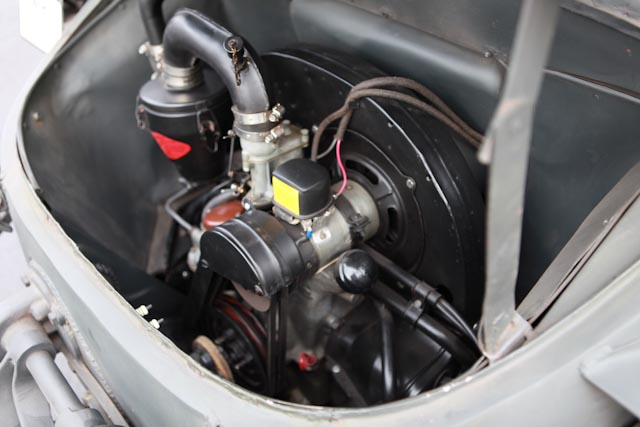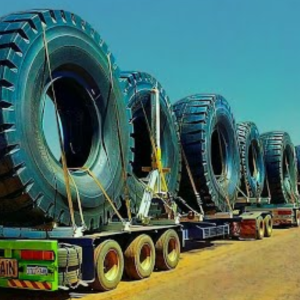Design and Development
The Schwimmwagen, officially known as the VW Type 166, was developed by Ferdinand Porsche, who also designed the iconic Volkswagen Beetle. Its design drew heavily from the Beetle, sharing many components to streamline production. The primary innovation of the Schwimmwagen was its amphibious capability, achieved through a combination of a watertight hull and a retractable propeller system.
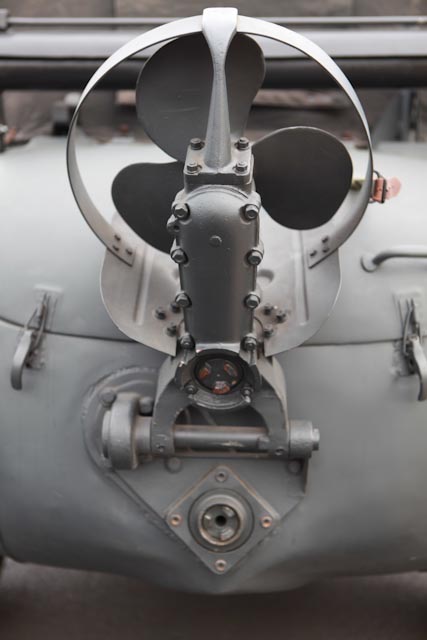
The vehicle’s chassis was based on the Type 82 Kübelwagen, a lightweight, rear-engine car used extensively by German forces. However, the Schwimmwagen featured significant modifications to enhance its amphibious performance. These included a hull that acted as a flotation device, a watertight engine compartment, and a propeller mounted at the rear, which could be engaged for water navigation.
Technical Specifications
The Schwimmwagen was powered by a 1,131 cc air-cooled flat-four engine, producing 25 horsepower. This engine provided the vehicle with a top speed of approximately 50 miles per hour on land and 6 miles per hour on water. The transmission was a four-speed manual with an additional gear for reverse.
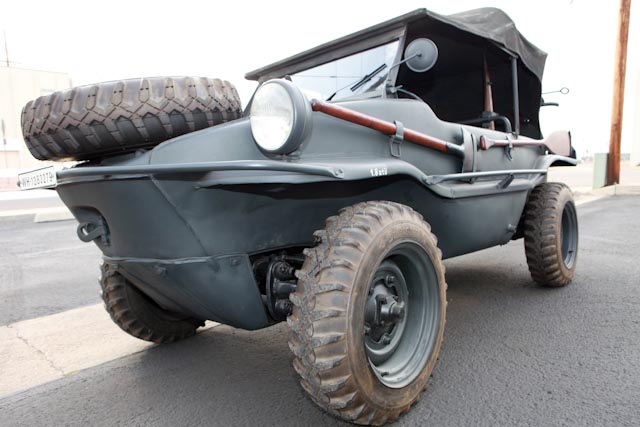
The vehicle’s four-wheel-drive system, which could be engaged manually, allowed for excellent off-road capabilities. The Schwimmwagen also featured a front-mounted spare wheel, which added buoyancy and acted as a bumper.
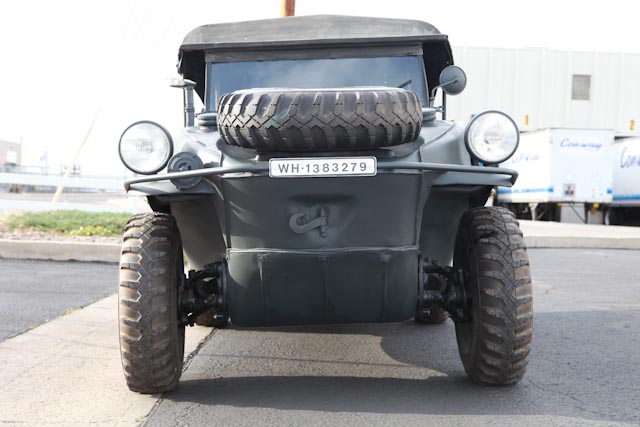
For amphibious operations, the Schwimmwagen’s propeller could be lowered into the water and engaged via a clutch connected to the engine. Steering in the water was achieved using the front wheels, which acted as rudders. The Schwimmwagen’s design allowed it to handle rivers, lakes, and even shallow coastal waters, making it a versatile tool for German forces.

Operational Use
The Schwimmwagen was used extensively by the Wehrmacht, especially on the Eastern Front and in regions where rivers and marshes presented significant obstacles. Its ability to move seamlessly between land and water made it ideal for reconnaissance missions, troop transport, and supply runs in difficult terrain.
The vehicle’s reliability and versatility earned it a strong reputation among German troops. However, its production was limited due to the complexity of its design and the strategic bombing campaigns that targeted German industrial output. Between 1942 and 1944, around 15,000 Schwimmwagens were produced, a small number compared to other military vehicles of the era.
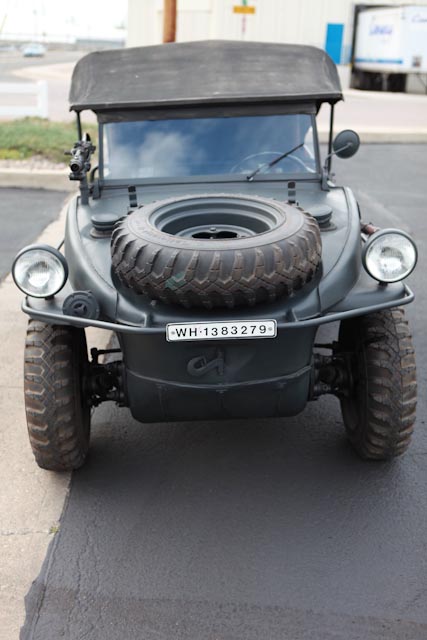
Legacy and Impact
The Schwimmwagen remains one of the most fascinating military vehicles of World War II, showcasing German engineering prowess and innovative military thinking. Its design influenced post-war amphibious vehicles and continues to be studied by military historians and vehicle enthusiasts.
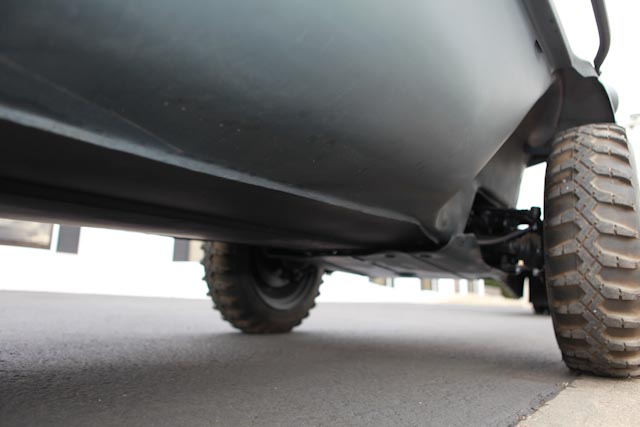
Today, surviving Schwimmwagens are highly prized by collectors and museums. Their unique capabilities and historical significance make them a symbol of the techSet featured imagenological advancements and strategic ambitions of the Third Reich.
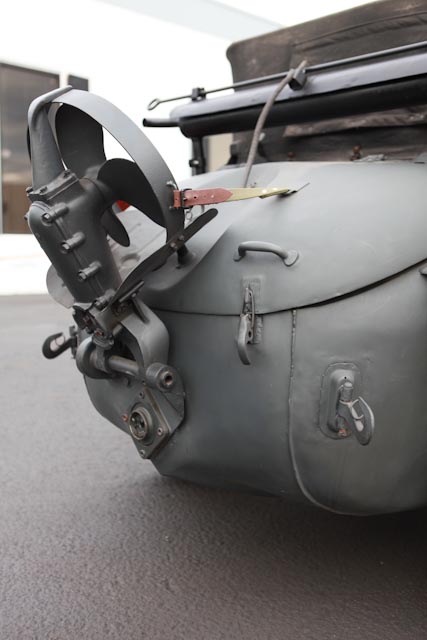
In conclusion, the 1942 Volkswagen Schwimmwagen was a remarkable piece of military engineering that provided the German Wehrmacht with a unique and versatile vehicle capable of navigating diverse terrains. Its legacy endures as a testament to the ingenuity and complexity of wartime vehicle design.
